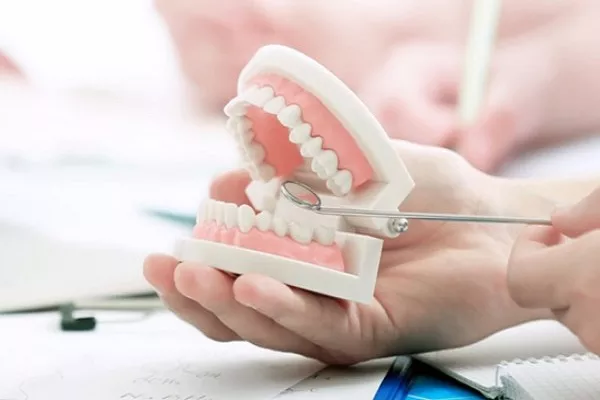A dental filling is a common procedure used to repair a tooth that has been damaged by decay. While fillings are generally considered safe and effective, they can sometimes become infected.
When a tooth is damaged by decay, bacteria can enter the tooth and cause an infection. If this infection is not treated, it can spread to the filling and surrounding teeth, leading to further damage and discomfort.
Symptoms of an infected filling may include pain or sensitivity in the affected tooth, swelling or redness in the gums, and a bad taste or odor in the mouth. If you experience any of these symptoms, it’s important to see your dentist as soon as possible.
Your dentist may recommend a course of antibiotics to help fight the infection, and may need to remove the filling to properly clean and treat the affected area. In some cases, a root canal may be necessary to remove the infection from the tooth.
To prevent fillings from becoming infected, it’s important to maintain good oral hygiene habits, including brushing and flossing regularly and visiting your dentist for routine checkups and cleanings. You should also avoid eating sticky or sugary foods, which can increase the risk of tooth decay and infection.
In conclusion, while dental fillings are generally considered safe and effective, they can sometimes become infected. Symptoms of an infected filling may include pain, swelling, and bad taste or odor in the mouth. If you suspect you have an infected filling, it’s important to see your dentist as soon as possible to receive proper treatment. To prevent fillings from becoming infected, maintain good oral hygiene habits and avoid eating sugary or sticky foods.
































